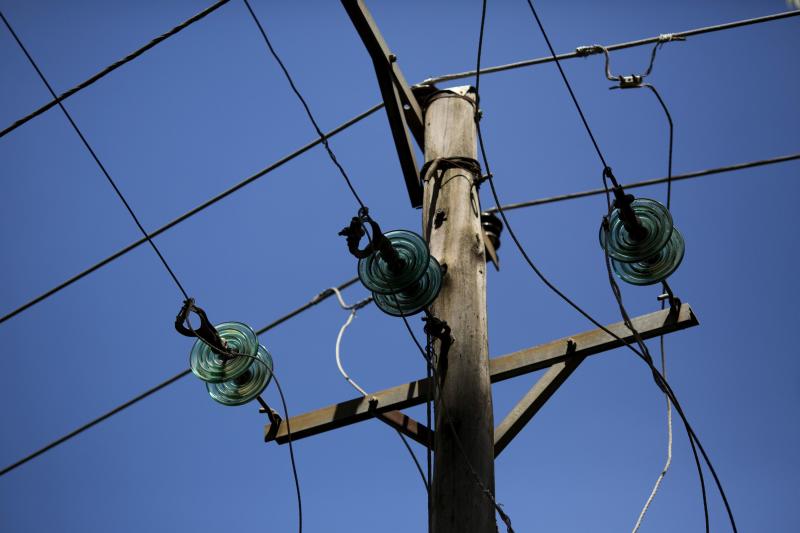×
The Standard e-Paper
Informed Minds Prefer The Standard

A utility pole supporting wires for electricity distribution in Nairobi, Kenya on November 11, 2015. [Reuters, Siegfried Modola]
Contracts skewed heavily in favour of power producers, expensive commercial loans, high system losses, corruption, poor governance and political interference. While the list could go on, these may be the key factors that brought Kenya Power on to its knees.







